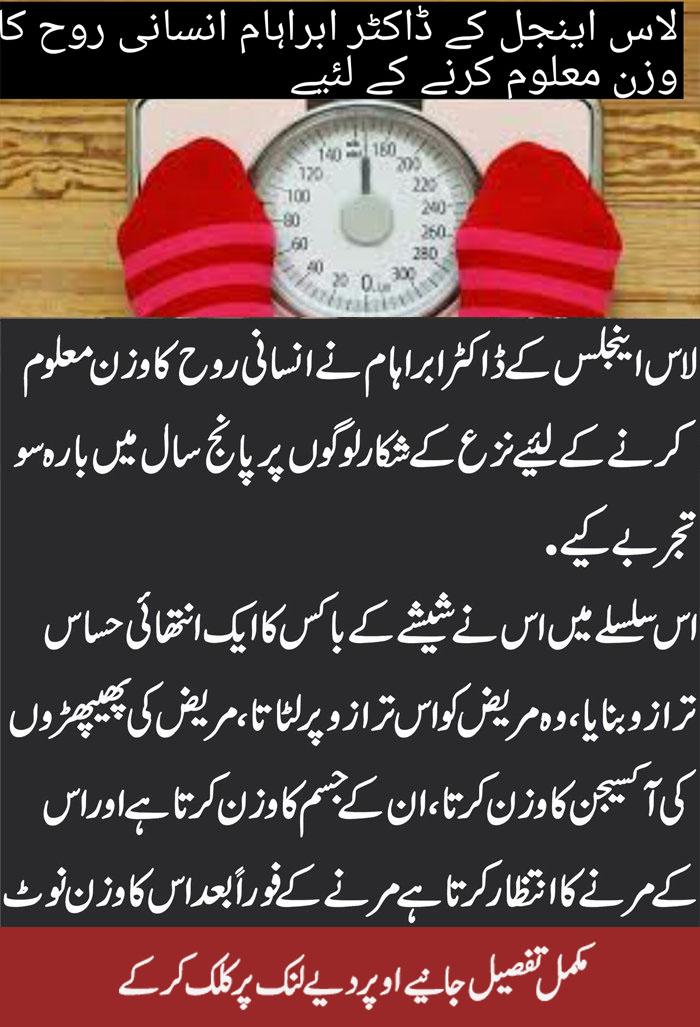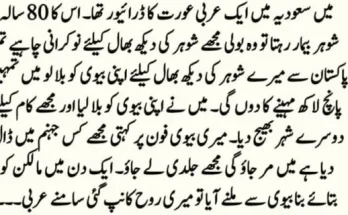In 1907, a Massachusetts doctor named Duncan MacDougall performed an unusual series of experiments. Intrigued by the idea that the human soul had mass, and could therefore be weighed, Dr. MacDougall put together a bed fitted with a sensitive set of beam scales, and convinced a series of terminally ill patients to lie on it during the final moments of their lives.
MacDougall was nothing if not detail-oriented: He recorded not only each patient’s exact time of death, but also his or her total time on the bed, as well as any changes in weight that occurred around the moment of expiration. He even factored losses of bodily fluids like sweat and urine, and gases like oxygen and nitrogen, into his calculations. His conclusion was that the human soul weighed three-fourths of an ounce, or 21 grams.

It’s hard to imagine these experiments getting any serious attention from the scientific community today. But the lines of thinking that led to them — and the reactions they generated — remain with us to this day.
The results of MacDougall’s study appeared in The New York Times in March 1907. The article set off a debate between MacDougall and the physician Augustus P. Clarke, who “had a field day” with MacDougall’s minuscule measurement techniques.
Clarke pointed out that at the moment of death, the lungs stop cooling the blood, causing the body’s temperature to rise slightly, which makes the skin sweat — accounting for Dr. MacDougall’s missing 21 grams. MacDougall fired back in the next issue, arguing that circulation ceases at the moment of death, so the skin wouldn’t be heated by the rise in temperature. The debate ran all the way to the end of 1907, picking up supporters on both sides along the way.
For four years, all was quiet on the MacDougall front, but in 1911 he graced The New York Time’s front page with an announcement that he’d upped the ante. This time, he wouldn’t be weighing the human soul — he’d be photographing it at the moment it left the body.
Although he expressed concern that “the soul substance might become [too] agitated” to be photographed at the moment of death, he did manage to perform a dozen experiments in which he photographed “a light resembling that of the interstellar ether” in or around patients’ skulls at the moments they died



